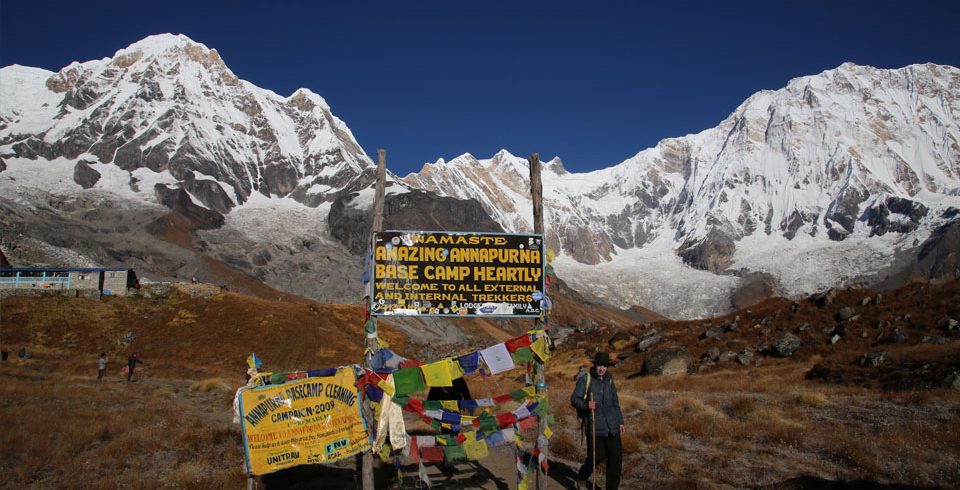Everest Gokyo valley trek is all about the Gokyo Lakes, Cho La & Mount Everest Base Camp Trek with Adventures of the glorious Gokyo valley and its spectacular high altitude lakes, the Cho La pass and of course, the famous Everest Base Camp and Sherpa culture diversity. It is a challenging trek that offers – mountains, culture and history. Everest Gokyo valley trekking gives you an amazing and provides you the extraordinary experience to witness the beauty of the world’s tallest and fascinating mountains, wonderful glaciers, including Ngozumpa Glacier( the largest glacier in the whole Himalayas.
Highlights of Everest Gokyo Valley Trek
- Sherpa Culture and tradition
- High suspension Hanging Bridges
- Tibetan Buddhism and practice
- Rest and acclimatization days before conquer Everest Base Camp
- Breathtaking view of Mount Everest and Himalayan wide range





